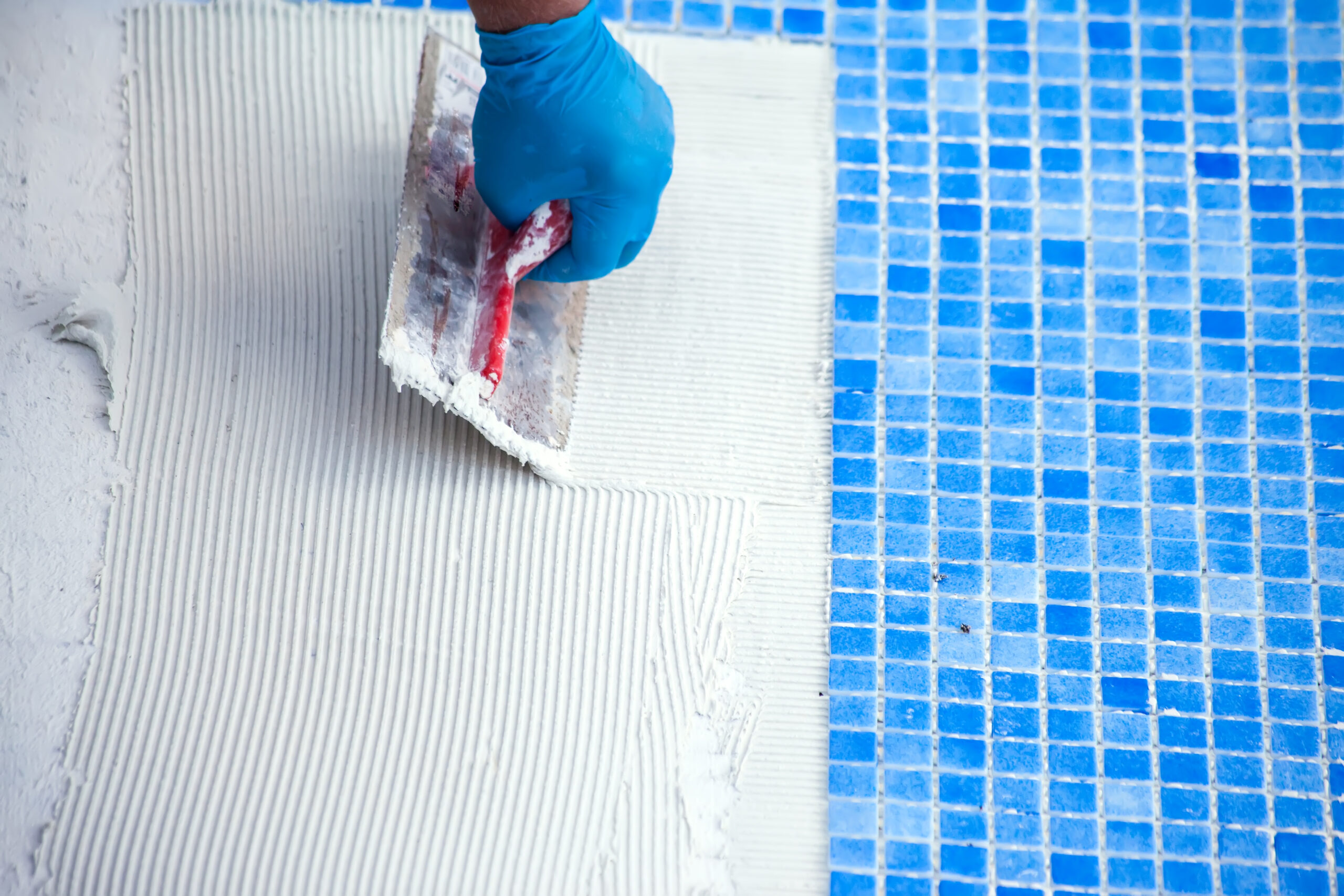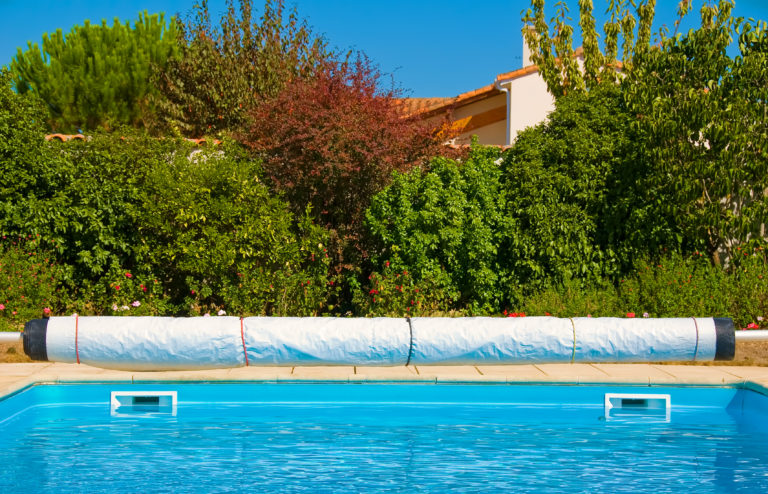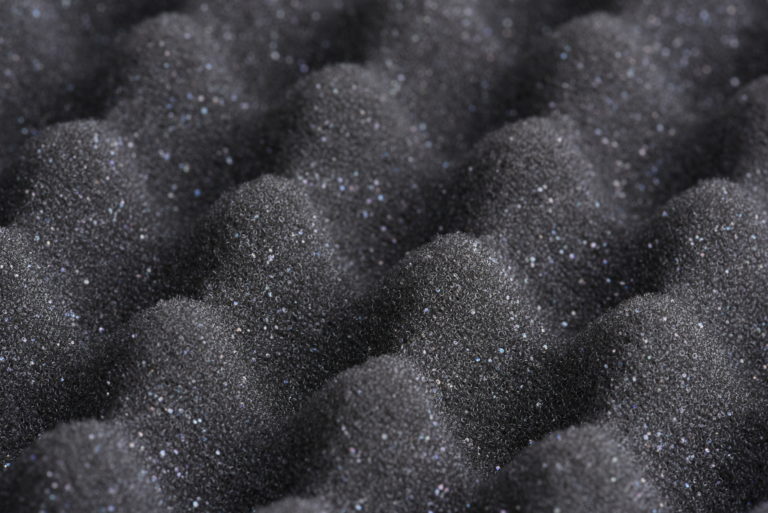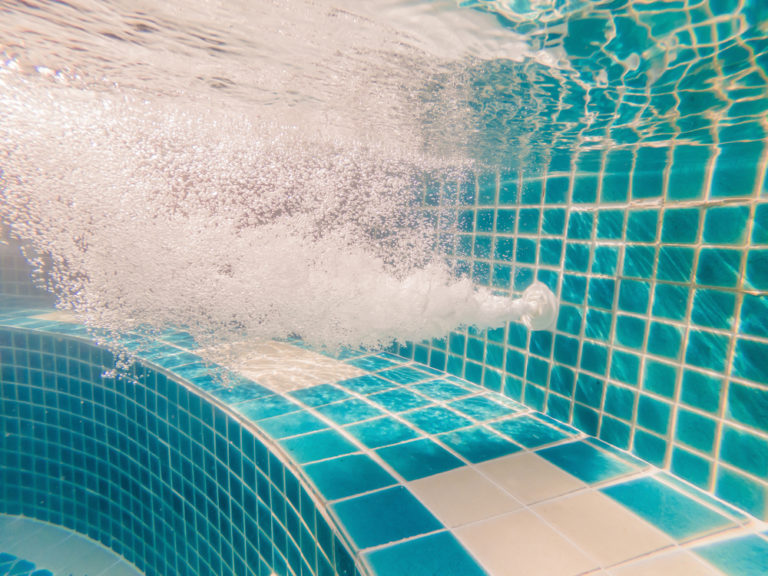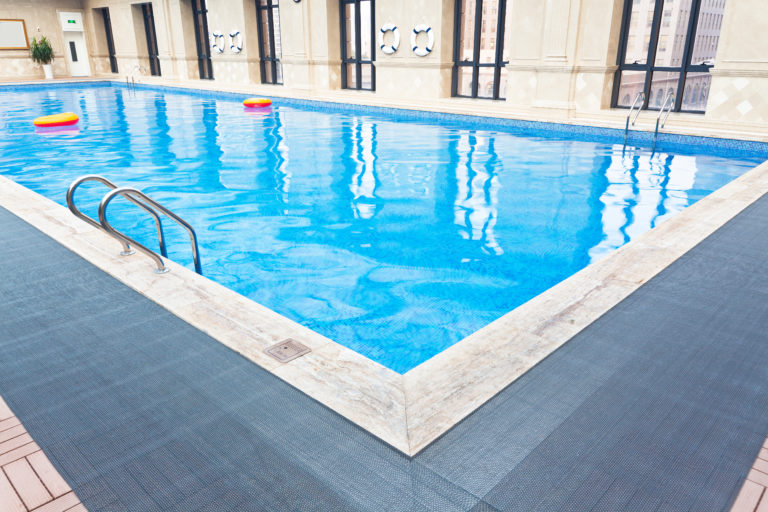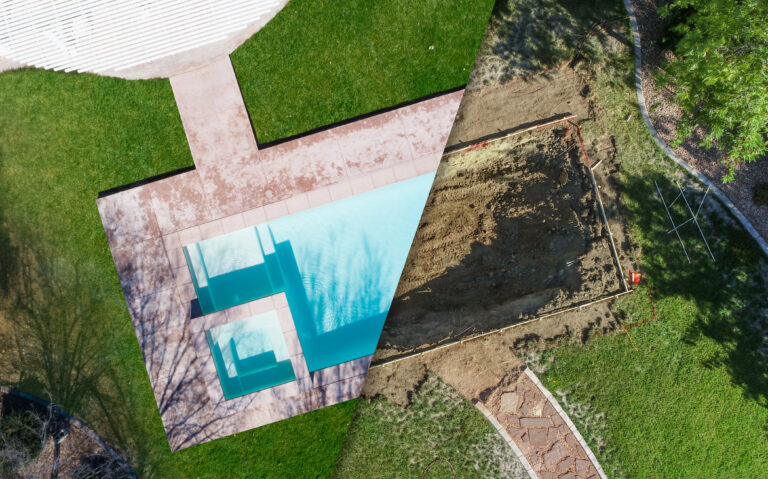Ensuring Longevity Proper Pool Construction Techniques
You’re eager to construct your dream pool, but you want it to last. With the right know-how, you can! This article explores important aspects of pool construction that influence longevity.
You’ll learn about:
– Site selection
– Quality materials
– Smart design choices
We’ll also guide you through common mistakes to avoid and share successful case studies.
Get ready; we’re diving into the details of proper pool construction techniques that ensure your pool’s long-term use and durability.
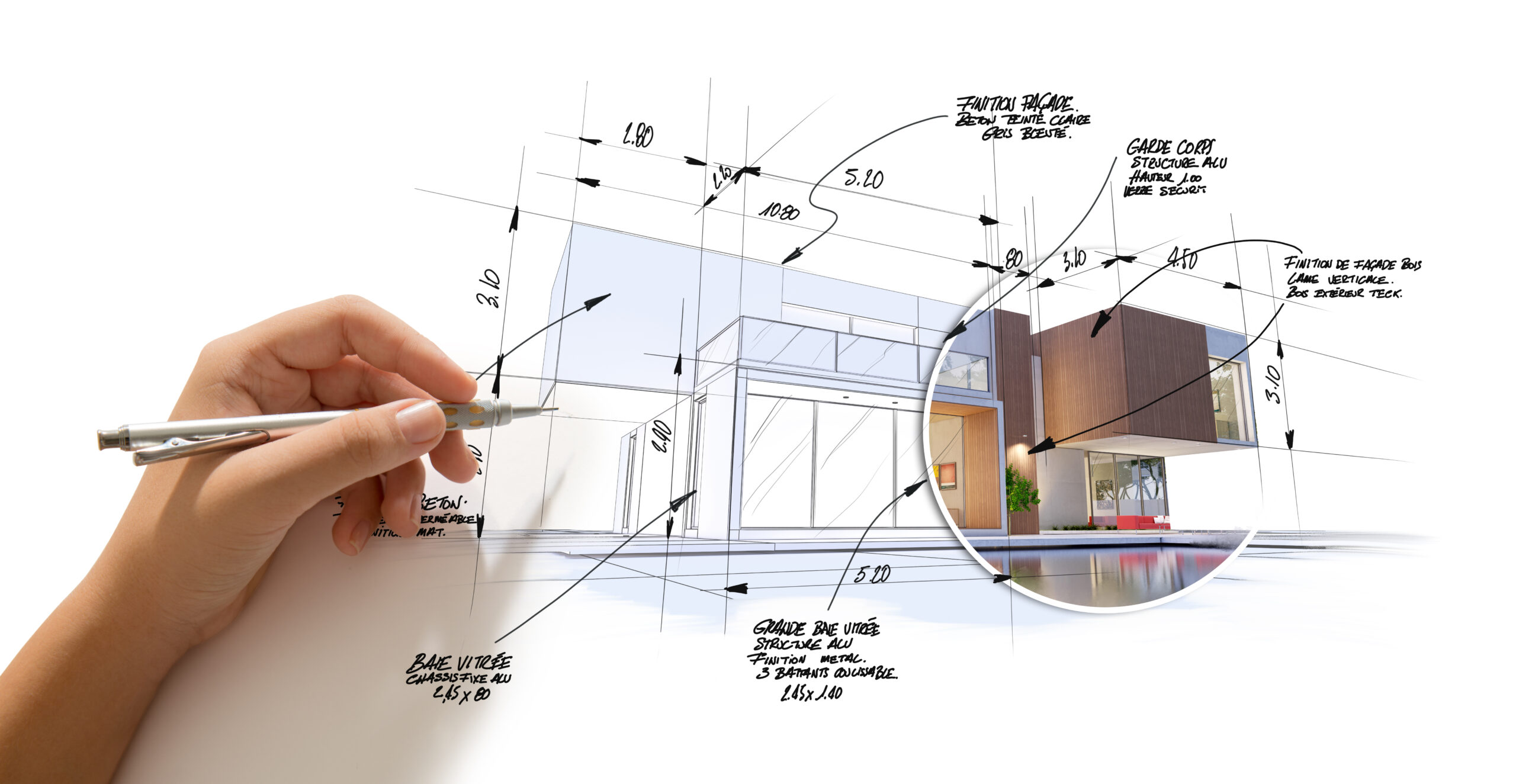
Understanding the Basics of Pool Construction
Before we dive in, it’s crucial to understand the basics of pool construction to ensure its longevity. The process isn’t as simple as digging a hole and filling it with water. Pool aesthetics and construction timelines play significant roles in this endeavor.
You’ll start by determining your pool’s design based on your preferences for aesthetics and functionality. This is where you can get creative, choosing shapes, sizes, materials, colors – every detail that will ultimately define your pool’s look.
The next critical step is planning the construction timeline. It’s essential not to rush things; quality takes time. A typical timeline includes site preparation (excavating and grading), pool shell installation (either fiberglass or concrete), deck and coping installation, interior finishing, filling the pool with water, and finally system startup.
Remember that weather conditions may affect these timelines – rain can cause delays while sunny days might speed up certain tasks such as curing concrete.
Unexpected issues can also arise during construction like encountering rock formations during excavation or equipment failure which may extend the project timeline. But don’t worry! With proper planning and patience, your perfect aesthetic pool will stand the test of time due to correct building techniques ensuring longevity.
Importance of Site Selection in Pool Construction
It’s crucial to choose the right site for your swimming area because it impacts both its functionality and durability. The location of your pool isn’t just about aesthetics or convenience; there are other considerations, such as climate and soil composition, that you can’t ignore.
Climate considerations play a decisive role in choosing a suitable location. If you’re in an area with extreme temperatures, either hot or cold, you’ll need to consider insulation options and heating systems that could affect where and how you build your pool.
Another significant factor is soil analysis. The type of soil in your chosen location will determine the construction techniques that can be used. For instance, sandy soils might require more intensive reinforcement than clay soils.
Consider these points summarized below:
| Factor | Details |
| Climate Considerations | Impact on insulation options and heating systems |
| Soil Analysis | Determines construction techniques |
So don’t rush when selecting a site for your pool. Make sure to conduct thorough research and obtain expert advice if necessary. A well-chosen site will serve you well now and long into the future.
The Role of Quality Materials in Ensuring Pool Longevity
You can’t underestimate the importance of using top-notch materials when building your swimming area, as they significantly impact its durability and performance. High-quality pool construction materials ensure the longevity of your swimming spot. They may seem more expensive initially, but their material durability certainly pays off in the long run.
Let’s talk about cost-effectiveness analysis. You might be tempted to go with cheaper options during construction, but have you considered future repair costs? Inferior materials break down faster under harsh weather conditions and frequent use, leading to hefty maintenance bills. It’s not just about immediate savings; it’s about reducing expenditure over time.
Your pool should serve as a reliable relaxation space for years to come. To achieve this, you must prioritize quality over everything else during construction. From concrete selection to choosing finishing touches like tiles or paint, every detail counts towards maintaining your pool’s structure and appearance.
Step-by-Step Guide to Pool Construction Process
Now that you understand the importance of quality materials in pool construction, let’s dive into the actual process.
We’ll first walk through the essential steps in preparing your site for construction.
Then, we’ll break down each phase of the construction, ensuring you’re well-equipped to handle this substantial project.
Site Preparation Steps”
Before diving into the actual construction, there’s a crucial step you shouldn’t overlook: preparing the site properly. Your pool’s longevity depends heavily on this phase.
Firstly, understand the soil testing importance. It ensures your pool doesn’t sink or move in the future due to unstable ground conditions.
Secondly, be aware of excavation challenges. Unpredicted rocks and hard soils might slow down the process and increase costs.
So, here are some key steps for successful site preparation:
* Conduct comprehensive soil tests
* Clear the area of plants and debris
* Tackle any excavation issues head-on
Don’t rush through these steps; they’re vital for a sturdy and durable pool. With careful planning and execution, you’ll avoid potential issues that could derail your project later on.
Construction Phase Breakdown
Let’s delve into the specifics of each phase in the building process, making sure you’re well-informed about what’s happening at every stage.
Project budgeting and labor management are key elements during the construction phase breakdown. You’ll want to keep a close eye on your budget, ensuring that funds are allocated appropriately across all stages of the project.
Labor management is another crucial aspect; it’s vital to ensure workers are deployed efficiently and tasks are completed on schedule. Remember, any delays or missteps can inflate costs and derail the project timeline.
Key Factors in Pool Design for Long-Term Use
You’ve got to pay close attention to several key factors in pool design if you’re aiming for long-term use. The integration of swimming pool aesthetics and energy-efficient designs can make a significant difference. Proper planning, excellent execution, and meticulous maintenance are vital to ensure your pool’s longevity.
Swimming pool aesthetics aren’t merely about the look; it’s also about functionality. Blending your pool with the environment enhances its appeal while maintaining usability. Energy-efficient designs could save you money in the long run by reducing power consumption associated with heating, filtration systems, and lighting.
Here are some things you should bear in mind:
– Always choose quality materials that withstand wear and tear.
– Prioritize efficient water circulation systems that minimize energy use.
– Consider integrating natural elements into your design for an organic aesthetic appeal.
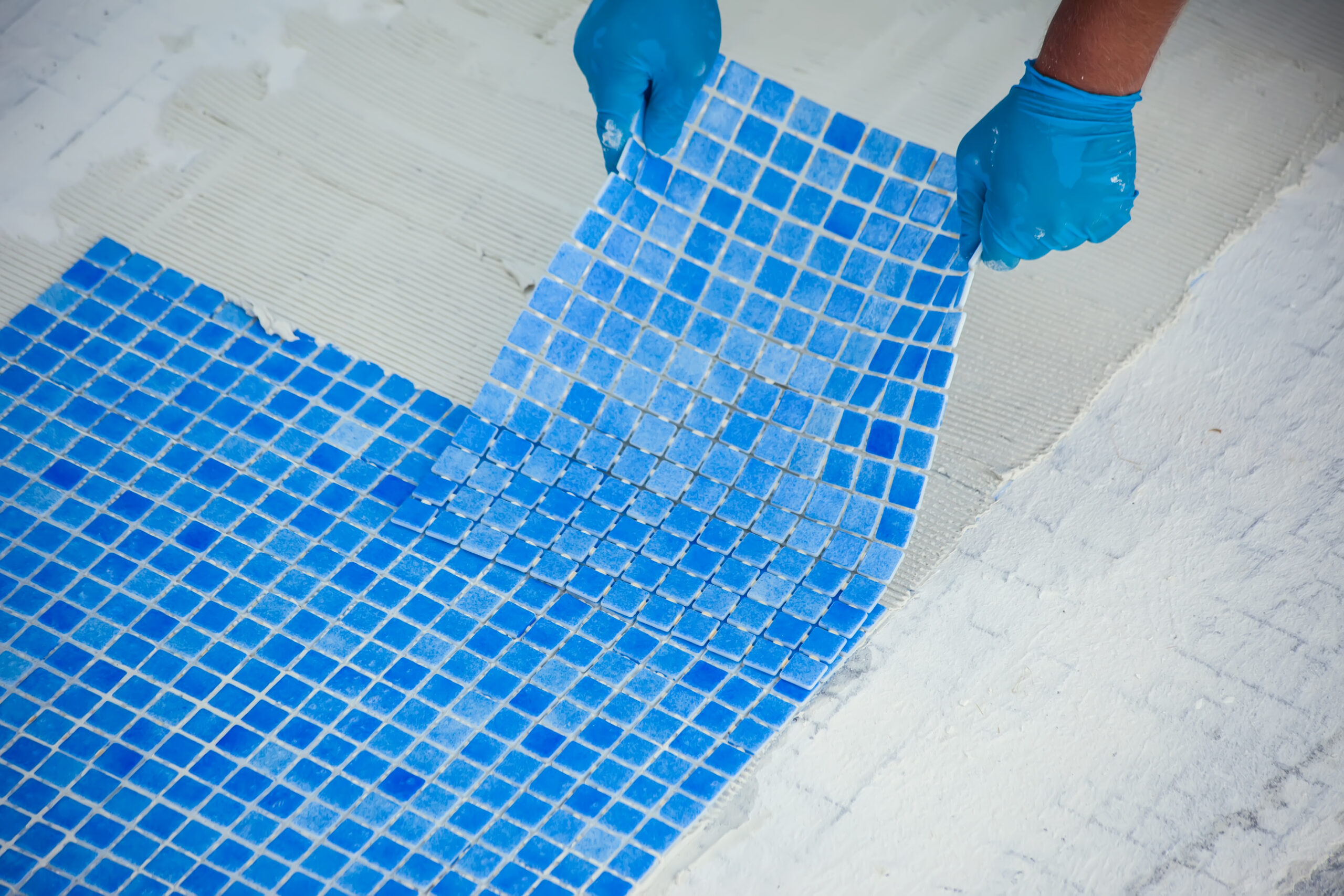
In conclusion, designing a durable and appealing swimming pool requires careful thought on aesthetics and efficiency. Don’t be afraid to invest time researching or seeking professional advice because getting these aspects right from the outset will save headaches down the line.
Your dream of having a perfect oasis at home isn’t far away if you plan meticulously!
Maintenance Practices for Pool Longevity
Regular maintenance is key to keeping your swimming oasis in top shape for many years to come. It’s not just about clearing leaves and debris; it’s also about making seasonal adjustments and maintaining the right chemical balance.
Imagine you’re a conductor, and your pool is the orchestra. Each season plays a different tune and you’ve got to adjust accordingly. In summer, you’ll need more chlorine because of increased usage, while winter might require less frequent cleaning but more attention to preventing freeze damage.
Proactively checking for leaks or other issues before they become big problems can save you from costly repairs in the future. You’re not just maintaining a pool; you’re preserving an investment.
Chemical balance is another essential aspect of maintenance. Too much chlorine can cause skin irritation, while too little might lead to algae growth – neither scenario being ideal for enjoying your pool. Regular testing helps ensure that everything’s at optimal levels for both safety and longevity.
Common Mistakes to Avoid in Pool Construction
In building your aquatic retreat, there are several pitfalls you’ll want to steer clear of to prevent headaches down the line.
The first and perhaps most crucial consideration is contractor selection. You don’t want to entrust this significant project to just anyone; it’s essential that you choose a reputable builder with proven experience in pool construction.
One of the common construction pitfalls is improper soil preparation. If not done correctly, it can lead to structural problems in the future.
Another issue is incorrect plumbing installation – if your pipes aren’t placed right, leaks could spring up before you even get a chance to enjoy your new pool.
Choosing low-quality materials might seem like a way to cut costs, but it’s often a false economy as these can break down quickly under harsh weather conditions or heavy use.
And don’t forget about proper drainage – failure to plan for this can lead to costly water damage.
Lastly, ensure that all necessary permits are secured before starting work on your dream pool. Ignoring local regulations could result in hefty fines or even demolition orders.
Avoiding these common mistakes will help ensure that your aquatic paradise stands the test of time.
Case Studies of Long-Lasting Pool Construction Projects
Having now navigated the tricky waters of common mistakes in pool construction, it’s time to dive into our next topic: case studies of long-lasting pool construction projects. You’ve learned what not to do; here’s where you’ll get a glimpse at what you should aim for.
Project longevity analysis is a critical tool in understanding how certain pools have stood the test of time. By examining real-life examples and comparing their lifespans, we can glean valuable insight into techniques and materials that ensure durability.
Think about this as your own pool lifespan comparison study. We’re going to look at different pools, built with various methods and materials, and see which ones have weathered the years successfully. It’s all about learning from those who’ve done it right.
You’ll find out why some pools crack under pressure while others remain pristine decades after their first splash. You’ll discover the secrets behind choosing quality over quick fixes, patience over haste, expertise over novice enthusiasm.
Frequently Asked Questions
What Is the Average Timeframe for Constructing a Pool?
You’re curious about the average time for pool construction. Typically, it’s a 6-12 week process but factors like pool lifespan and choice of construction materials can impact this timeframe significantly.
How Does the Seasonal Weather Impact the Pool Construction Process?
Seasonal weather can greatly impact your pool construction. You’ll need to make weather adaptations and careful material selection. Cold or wet conditions may delay work, while heat might affect concrete curing times.
What Are the Potential Legal Requirements or Permits Needed for Pool Construction?
You’ll need to check local zoning regulations and obtain necessary permits before starting your pool project. Safety inspections are also required, ensuring the pool construction adheres to all legal and safety standards.
Can Pool Construction Be Self-Done or Does It Require a Professional Builder?
While you could undertake pool construction yourself, beware of DIY pitfalls like incorrect installations. It’s better to hire a professional builder. They’ll ensure quality workmanship and longevity – key benefits of professional service.
How Much Does the Overall Pool Construction Generally Cost?
You’re asking about pool construction costs. It varies significantly, but a cost breakdown analysis can help. You’ll likely spend tens of thousands. Exploring financing options could make this large expense more manageable for you.

